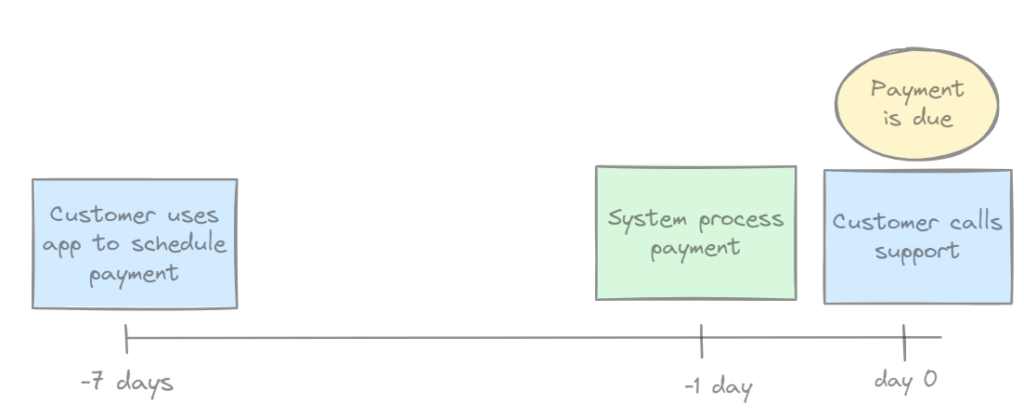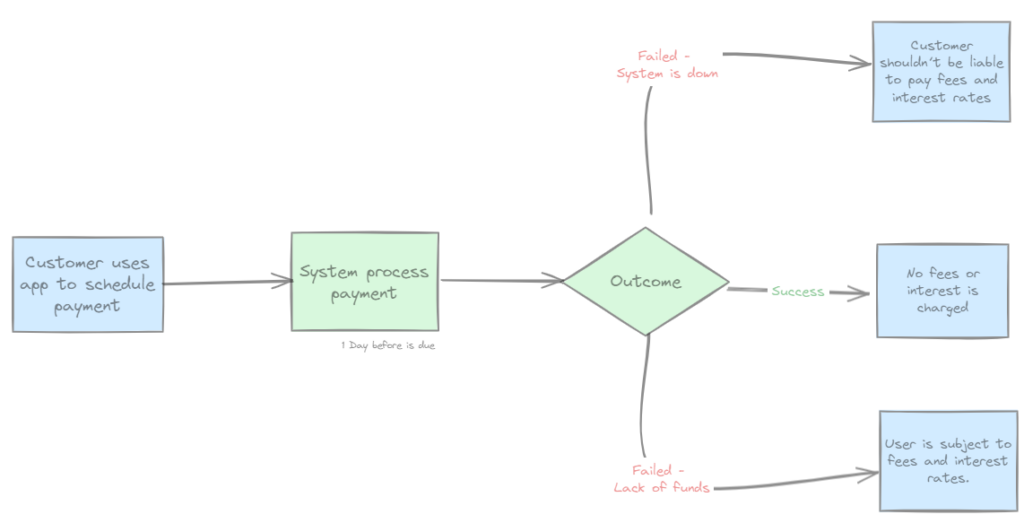One of the most underrated superpowers of an effective product manager is the ability to empower engineers and designers to do their best work. Early in my career, I fell into a trap: I would walk into meetings with a pre-defined solution in mind—exact wireframes, specific user flows, and step-by-step functionalities. What happened? The engineering and design teams felt like they were just “button pushers,” implementing someone else’s idea without room for creativity. Not surprisingly, the final outcome often missed the mark, failing to deliver the best experience for the users.
Over time, I discovered that the best solutions emerged when I presented a compelling problem rather than a prescriptive solution. By clearly articulating the story behind a feature, I invited the entire team to brainstorm. As a result, the team brought innovative solutions to the table, and designers refined user flows beyond what I had imagined. This is where storytelling became my secret weapon: it helps define the problem in a relatable way that motivates everyone to find the best possible solution.
The key to successful collaboration is to set a clear stage. I like to transform my problem statements into engaging narratives. People love stories—it’s human nature.
I use a simple, five-step storytelling framework to define problems. However, there’s a trick: I skip the happy ending. The solution is deliberately left out so that the engineers and designers have the freedom to propose how to achieve the resolution.
This framework can be applied to feature kickoffs, product requirement documents (PRDs), user stories, or even smaller tasks. It can be used when developing new features or improving current ones. Let’s dive into each piece.
Definition

Example

Definition

Example
Definition

Example
Definition

Example

Purpose

Example
It’s easy to accidentally slip from problem definition to solution design. For instance, you might go from stating, “The credit card customer doesn’t know if her payment went through” to prescribing, “We need a text message confirmation and a take it to the future transaction view as soon as the user schedules the payment”. Suddenly, you’ve tied the team’s hands, and you might lose out on creative, possibly simpler or more robust alternatives.

By using the Storytelling Framework—Introduction, Build up, Problem, Battle, and Resolution—you can define problems in a way that sparks creativity within your engineering and design teams. This approach keeps everyone focused on the real user needs, encourages collaboration, and ultimately leads to more innovative and user-centric solutions. And remember, skip the happy ending so the entire team can write it altogether.
With this framework in your toolkit, you’ll find that even the most complex challenges become opportunities for your teams to shine—because when the team owns the solution, they are more passionate about building the best experience possible for your hero.
Tools to create workflows are Excalidraw, Diagrams.net , Lucidchart








